Professional mentoring is commemorated during the month of January. JKM Library is highlighting the importance of mentoring and leadership in the workplace in conjunction with the 2015 Ready to Run Conference with a book display on the First Floor. Books are available on mentoring, leadership, and women in American politics. If you’re interested in finding more information, ask a Reference librarian for help finding articles and e-books.
Ready to Run is presented at Chatham by the Pennsylvania Center for Women and Politics. The two-day conference will be held on January 30th and 31st.
Registration is required. Day one’s pre-conference focuses on Women of Color in Pennsylvania Politics, and the topic of day two is Campaign Training for Women. Keynote speaker is Congresswoman Allyson Schwartz.
Commenting on blog posts requires an account.
Login is required to interact with this comment. Please and try again.
If you do not have an account, Register Now.
Commenting on blog posts requires an account.
Login is required to interact with this comment. Please and try again.
If you do not have an account, Register Now.
Commenting on blog posts requires an account.
Login is required to interact with this comment. Please and try again.
If you do not have an account, Register Now.
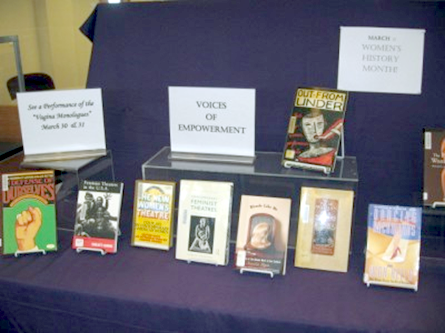 March 2012
March 2012
Chatham is proud to be hosting two performances of the Vagina Monologues on March 3-31. Any and all donations will benefit Pittsburgh Action Against Rape (PAAR), which provides education, counseling, and a safe place for women who have been victims of sexual violence. The events, including the “Divas and Desserts After Party” are sponsored by the Office of Student Affairs and Feminist Activists Creating Equality (FACE)(see the March events calendar for details). The Vagina Monologues were created by Eve Ensler as a one-woman performance piece in 1996, as a way of empowering women and celebrating her individuality. This later grew to incorporate other performers and kick-started V-day, a global movement to end violence against women. Ensler uses her voice as empowerment, to speak about her own life and experiences, and bring to light the struggles and triumphs of women and girls worldwide, and to provide inspiration to others. Whether funny or harrowing, the monologues are always honest. In honor of Women’s History Month the Library will be highlighting women’s fight against degradation, sexual and physical violence, distorted body image, and using art as a tool and voice to raise awareness. While Ensler maybe the most popular contemporary face of women’s performance art, “The New Woman and her Sisters: Feminism and the Theater 1850- 1914” shows that the history is quite strong, using the stage to subvert male dominated and pervasive views of women in a time of feminist flux. A more recent title picks up in the 1970’s and 80’s during the second-wave and outlines the careers of performance innovators, the establishment of groups and their methods. “Out from Under: Texts by Women Performance Artists” is a collection of voices from marginalized groups, their common connection being that they are the largest group of “other”, women. It may be argued that some of this art is reactionary. Groups like the Guerilla Girls, point to female marginalization by hijacking galleries, reacting to the status quo. Artist Karen Finley, reacts to presentations of women’s bodies with her own body. But what all these women have in common is that they shine a light on women’s experiences and show it from a women’s point of view. Not surprisingly Finely (as well as Ensler), has been a source of outrage and criticism. “The Politics of Women’s Bodies: Sexuality, Appearance and Behavior” deals with how women’s bodies are seen and used by society and by women themselves, across the spectrum of age, class, and race. In light of recent political statements about contraceptives and other reproductive issues, this book is a must read. Check out our display and see what local groups like FACE and PAAR are doing to help women and girls in March and every day of the year.
Commenting on blog posts requires an account.
Login is required to interact with this comment. Please and try again.
If you do not have an account, Register Now.
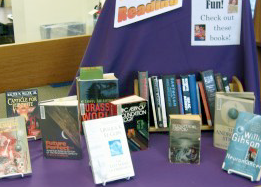 November 2011
November 2011
Mary Shelly
Imagine an alternate universe where Mary Shelly did not take a trip to Geneva, Switzerland. Because she did not take this trip she never thought of or wrote Frankenstein. Now imagine our culture without Frankenstein’s monster. Abbot and Costello never meet him (Abbot and Costello Meet Frankenstein – 1948); Kenneth Branagh never creates him (Frankenstein – 1994); Mel Brooks and Gene Wilder never spoof him (Young Frankenstein – 1974). Halloween and The Munsters also seem to be missing a vital character. Mary Shelly is said to be the first science fiction author, helping shape the way for other women in a male dominated genre. Her legendary monster has also shaped much of our pop culture. Her creation has spawned
dozens of movies and plays and inspired artists, authors, and those in costume.
Clare Wiggins Harris
Did you know that the author who is now recognized as a pioneer of women authoring science fiction was the first woman to publish her writings in science fiction magazines under her own name and helped to shape the cyborg mythology? Captain Jean-Luc Picard should tip his hat to Clare Wiggins Harris, author of many science fiction short stories published in the 1920’s and 1930’s. Her most famous story The Miracle of the Lily, published in 1928, may have
originated the now popular sci-fi/cyborg question and theme, “What is human?”
Other Authors
If you are interested in reading science fiction authored by women you may be interested in:
Margaret Atwood: Oryx and Crake (2003) and The Year of the Flood (2009)
Octavia Butler: Patternmaster (1976), Mind of My Mind (1977), Survivor (1978), Wild Seed (1980), Clay’s Ark (1984)
Ursula K. LeGuin: The Dispossessed (winner of 1975 Nebula and Hugo Awards) and other works
Madeline L’Engle: Poor Little Saturday (short story – 1956)
Come check out the new Science Fiction Popular Reading Display at the Jennie King Mellon Library. For any
science fiction books we don’t have, use E-ZBorrow to get them from another library!
Commenting on blog posts requires an account.
Login is required to interact with this comment. Please and try again.
If you do not have an account, Register Now.
 October 2011
October 2011
In 1969 twelve women in Boston decided to hold a symposium on “women and their bodies”. By 1970 a small booklet was published, and in 1973 it was picked up by a major publisher and renamed Our Bodies, Ourselves. This was the first comprehensive volume to speak frankly about health issues specifically related to women. It was information by women, for women with the intention of educating women and girls about their bodies and
giving them the language to talk openly with their doctors. This October a new edition was published to focus on women’s health, physical, mental, and emotional. Each edition expands on topics that affect women in particular from menstruation to breast cancer to body image. The
2005 edition brought women’s issues into the 21st century with a companion website and discussion board for wider access and sharing. With the advent of the Internet women and girls now have more access to information than ever before, but also have access to more misinformation and hurtful images. Our Bodies, Ourselves has proven to be a trusted source of information and leader in women’s health initiatives nationally and around the
world.
The 40 year anniversary of Our Bodies, Ourselves reminds us of the privilege we have as women, young and old, to be educated about our bodies. At Chatham we are proud to offer many resources on women’s health, women’s rights issues, family and relationships, and gender studies. The JKM Library will put that information in your hands.
Commenting on blog posts requires an account.
Login is required to interact with this comment. Please and try again.
If you do not have an account, Register Now.
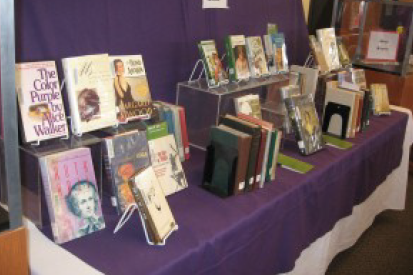 March 2011
March 2011
Jane Austen, Joyce Carol Oates, Toni Morrison, Edith Wharton. What do these women have in common? Gifted writers yes, but each of them is a fiction writer whose many works also feature a female protagonist. “By Women, About Women” is the theme the library chose for this year’s Women’s History Month display and it reflects many authors with a narrative that follows the life of one or more women. A look back into women’s history need not always be a list of accomplishments in the traditional domains of men. Our focus here is to draw attention to what women have done for centuries: be storytellers. As the creator of her own world and with the ability to tell it from her point of view, a female fiction writer is given the freedom to share what she knows and express her feelings. And there is no homogeneity here, the author’s attitudes and that of her character’s are as diverse as her political opinions, historical time period, her race or nationality, and her social status. Or perhaps she has no contextual motive, simply telling the story as she saw it. Some authors such as Rebecca West and Sylvia Plath wrote semi-autobiographical works, returning to the same themes over and over again. Some such as Mrs. (Elizabeth) Gatskill told the story of many different women, offering insight and perspective into their varied lives. Being a female writer is not always easy. Many nineteenth century writers including George Sand, George Eliot, and Vernon Lee adopted not only male pen names to author their works but wore men’s clothing in their respective societies. Women today are still shunned, ignored, overshadowed, or stereotyped by the literary world and by history. Jean Rhys did not have her works published until the 1970’s despite their being written some 40 years prior and Alice Walker faced censorship and banning for her short story “Roselily”, among others. More recently, the term “chick lit” allows some to dismiss or marginalize women’s works. But still the voices of women have not been stifled. The desire to tell one’s own story, or show the world how a woman sees and experiences it will continue. The first floor display offers just a few of those stories. Browse the catalog or ask a librarian for more fictional titles or biographies of the authors themselves.
Commenting on blog posts requires an account.
Login is required to interact with this comment. Please and try again.
If you do not have an account, Register Now.
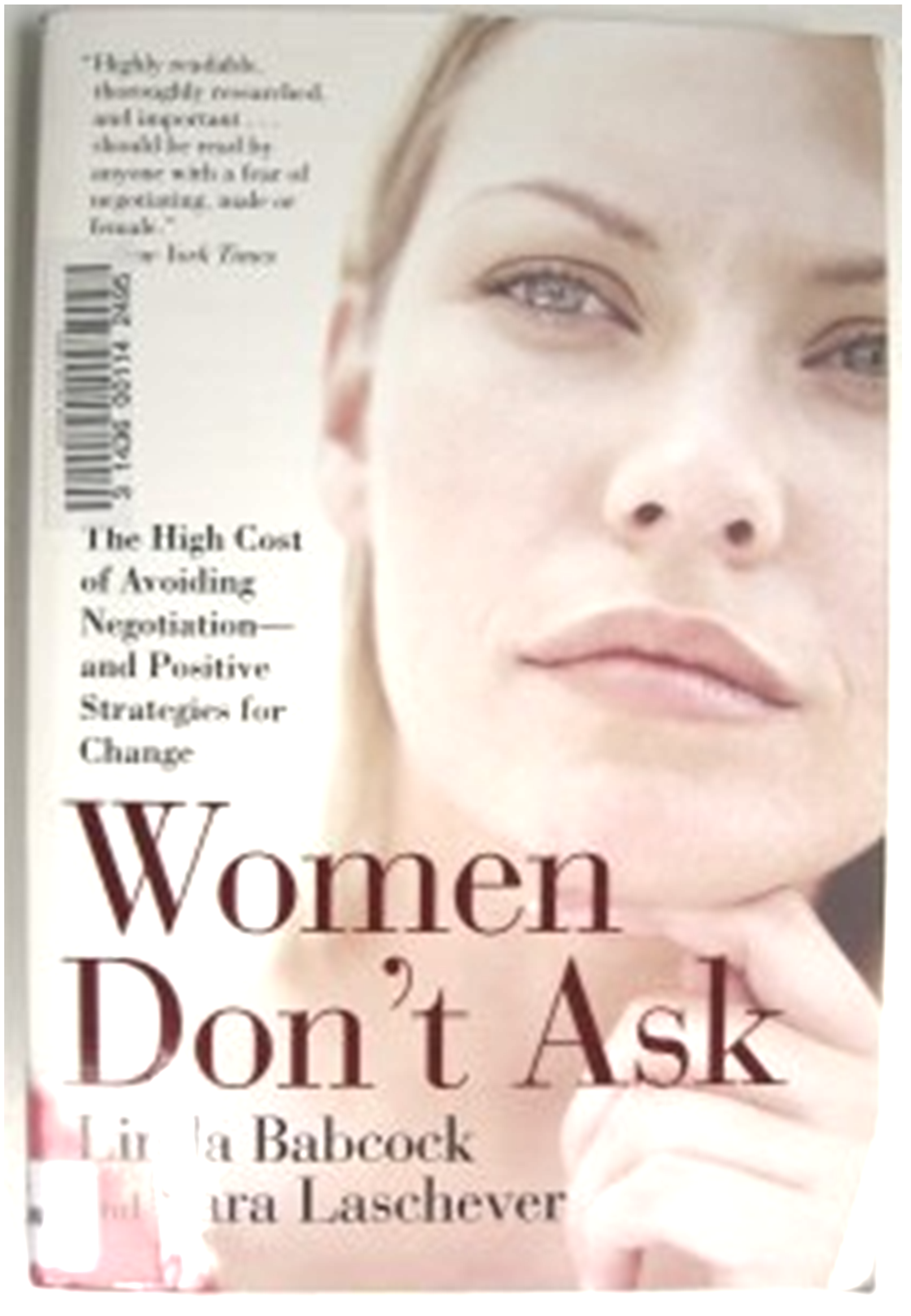 January 2011
January 2011
You probably know that if you’re a woman in the U.S. you get paid less (on average) than a man. Women are earning about 80 cents to every man’s dollar. So what’s a few cents? A lot. The wage gap for a female college graduate in the U.S. really adds up: some estimate that over her lifetime she will earn $1.2 million less than men of her age group. What are you going to do about it? One thing you can start doing now is negotiating your salary. (If you don’t have a salary, you can still prepare by thinking about how you’re going to ask your future employer for adequate compensation.) Linda Babcock, who teaches right around the corner at CMU, has joined with Sara Laschever to write Women Don’t Ask: the High Cost of Avoiding Negotiation – and Positive Strategies for Change. Their book offers examples of how other women have failed or succeeded at salary negotiation, and what to do if your boss responds angrily when you ask for more money. They also say that beginning to negotiate at home with your partner – about laundry, child care, and so on – can really prepare you to negotiate at work. You can find Women Don’t Ask, call number 158.5 B234W, on the second floor of the library.


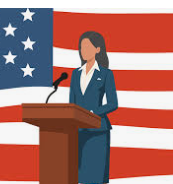
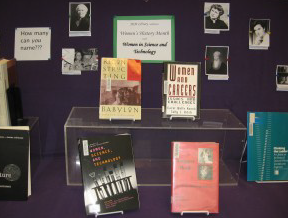
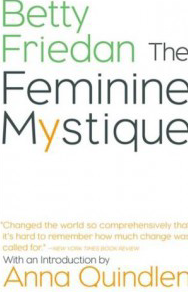
In celebration of Women’s History Month, the University Archives presents selections from our collection that highlight Chatham’s unwavering commitment to encouraging civic engagement in all levels of the political system. This exhibition, Celebrating Women’s History: Chatham Women in Politics, demonstrates student civic engagement tracing back to the earliest days of the Suffragette movement, when students paraded through downtown Pittsburgh in support of women’s right to vote. Pennsylvania College for Women float, 1907 Materials on exhibit illustrate a wide variety of activities, including rallies supporting equal access to education and student involvement in all levels of the political process. The exhibit illustrates the continuity of the civic engagement among the student body and the university’s unwavering commitment to foster civic engagement as a core value. We welcome you to explore Celebrating Women’s History: Chatham Women in Politics at the JKM Library and in the lounge of the Women’s Institute. See below for some of our favorite archival records on this topic, plus a few that we just couldn’t squeeze into the display cases! Still hungry for more Chatham history? Click here for more information about the collections in the Chatham University Archives & Special Collections. Clippings documenting Chatham’s “Women and the War” Conference During World War II, Chatham hosted an conference titled, “Women and the War” to discuss the role of women in the war effort. Student volunteers update a poster showing the contributions of Faculty, Seniors, Juniors, Sophomores, and Freshmen to the Fund to fight war and communism. Chatham students worked tirelessly to support the war effort, both at home and on the front lines. World War II veterans return to campus to continue their studies. In the 1950s, Chatham students turned their attention to increasing voter turnout, both on campus and within the broader community. Students from Harrisburg cast their absentee ballots. Student-lead efforts to increase voter turnout continue to this day. In 1997, Chatham students collaborated with students from the University of Pittsburgh in a program to increase voter registration in the local community. Two-page spread from the 1997 Cornerstone about voter registration efforts. In the 1960s, Chatham women joined in the rising chorus of American students speaking out on issues of civil rights and the war in Vietnam. After the Greensburg Four protested racial segregation at a Woolworth’s lunch counter in North Carolina, students from all over the south joined the sit-in. In Pittsburgh, Chatham students protested outside the downtown Pittsburgh Woolworth, carrying signs reading “Chatham students protest civil rights violation,” and “Chatham students protest Woolworth lunch counter segregation.” Click here to view a picture of this protest captured by legendary Pittsburgh photographer Teenie Harris housed at the Carnegie Museum of Art. Read more about the 1960 protest in this clipping from the Chatham student newspaper. Article appearing in “The Arrow” on April 8, 1960 about Chatham student protest of lunch counter segregation All across the country, college students voiced concerns about equality, civil liberties, and civil rights. The university hosted a conference focusing on campus unrest in 1968, allowing college and university presidents, faculty, students and administrators to discuss and understand the changing political climate. Brochure for conference on campus unrest held at Chatham in 1968 As the 1970s drew near, Chatham students became very engaged in discussion of the Vietnam War and continued to the support civil rights issues. Chatham students protest the Vietnam War on Fifth Avenue Chatham rally about Attica Prison riots Material from Strike Information Central demonstrating student unrest Editorial appearing in Chatham’s “The Arrow” in 1970 Student civic engagement continued through the 1980s, when Chatham women participated in demonstrations in Pittsburgh and Washington, D.C. One student attended a meeting at the White House with student leaders and President Jimmy Carter. Bonnie McElvery, Student Government President, with President Jimmy Carter at the White House Chatham students at a Pro-Choice rally in Washinton, D.C. in 1989 In 1995, Chatham students organized a rally in support of Vice President Al Gore’s campaign to preserve federal funding for student loans. The rally was attended by over 2500 students from local colleges and universities and at least one University President. Can you spot the University President in the pictures from the event below? Images from 1995 rally to preserve federal funding for student loans Over the years, Chatham has invited activists, heads of state, members of Congress, and other office holders to engage with students on local, national, and international political issues. Fliers for some of Chatham’s visiting speakers Curious about Patricia Schroeder? Here’s more information about her career and her visit to Chatham. Brochure from Patricia Schroeder visit to Chatham in 2004 Wondering if Catherine Baker Knoll, who spoke at Chatham as the Treasurer for Pennsylvania, held any other public office in the years that followed? Her records are open for research at the Detre Library and Archives at the Heinz History Center in downtown Pittsburgh. Click here for the finding aid to her papers. Remember, the Chatham University Archives can help you locate primary source records at other archival repositories. Of course, we’re all looking forward to the 2016 commencement speaker, Chatham’s own Muriel Bowser. Muriel Bowser graduated from Chatham in 1994 and was the eighth Mayor of Washington, D.C. Chatham Alumna Muriel Bowser As much as we’ve shown through Celebrating Women’s History: Chatham Women in Politics, we have so much more material in the University Archives that documents Chatham’s unwavering commitment to encouraging civic engagement among students. We’d be thrilled to show you more from our collections on this or any other area of Chatham history.
Commenting on blog posts requires an account.
Login is required to interact with this comment. Please and try again.
If you do not have an account, Register Now.